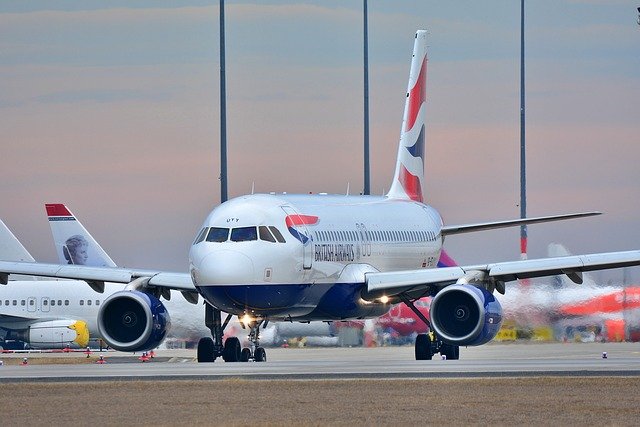Flight Attendant Jobs: Private Jet and Aviation Career Guide
Working as a flight attendant can be an exciting path for people who love travel, customer service, and aviation. Whether you’re aiming for commercial airlines or a Private Jet role, the job blends safety responsibilities with hospitality. This guide explains typical duties, how the aviation industry hires, career steps, and the training employers expect so you can evaluate if this career fits your goals.

Private Jet: What makes it different?
Private Jet cabin roles often differ from commercial airline positions in scale, flexibility, and client expectations. Onboard teams are usually smaller—sometimes a single flight attendant—so responsibilities extend beyond standard service to include more personalized hospitality, bespoke meal service, and handling high-end requests. Privacy, discretion, and the ability to adapt to varied mission profiles (business flights, international trips, short hops) are central. Schedules may be irregular, and positioning flights or overnight stays are common, but many enjoy the variety and closer interaction with passengers.
Flight Attendant: Duties and daily life
A flight attendant’s core responsibilities always prioritize safety: pre-flight checks, demonstrating safety procedures, managing cabin security, and responding to emergencies. Service duties include meal and beverage service, assisting passengers with seating or comfort, and maintaining cabin order. On private aircraft, attendants may also manage catering logistics, coordinate with ground staff, and prepare bespoke amenities. Daily life can range from predictable back-to-back routes to unpredictable charters; flexibility, strong communication, and customer-service skills are essential.
Aviation: Where jobs are growing
The aviation sector includes scheduled airlines, regional carriers, cargo operators, private jet operators, and charter companies. Demand for flight attendants can vary by market: leisure travel surges often create more rostered flights in commercial aviation, while corporate travel trends influence private jet usage. Emerging opportunities also appear with fractional ownership firms and on-demand charter platforms. Local services such as regional flight schools and charter brokers often advertise openings; connecting with recruiters who specialize in corporate aviation can reveal roles that aren’t listed publicly.
Career: How to start and advance
Entry routes vary: many candidates begin with customer-service or hospitality experience, then apply to airlines or corporate operators. Some companies hire without prior flying experience, offering in-house training, while others prefer applicants with certification. Advancement paths include senior cabin attendant, purser, or inflight services supervisor roles. Transitioning from commercial to private aviation (or vice versa) is common; networking, maintaining a clean professional record, and documenting specialized skills (e.g., fine-dining service, language fluency) improve prospects. Consider building a resume that highlights safety training, customer-facing roles, and adaptability.
Training: Certifications and skills employers want
Training typically covers safety and emergency procedures, first aid/CPR, fire fighting, and evacuation protocols. Many operators require recurrent training at regular intervals. Corporate aviation often expects additional hospitality-focused modules, etiquette, and high-end service techniques. Employers value skills such as foreign languages, medical response capability, and knowledge of international travel protocols. Training providers include aviation academies and specialized corporate aviation instructors; some operators provide on-the-job training after hiring. Practical soft skills—calm under pressure, discretion, and cultural sensitivity—are as important as formal certificates.
Compensation and job realities
Compensation, benefits, and work-life balance differ widely across commercial and private jet roles. Private Jet positions can offer competitive pay, but total compensation depends on experience, the employer’s size, international versus domestic routes, and additional responsibilities like lodging or ground transportation. Benefits may include per diem, health insurance, retirement plans, and flight privileges; however, scheduling demands and on-call periods can affect personal time. Research individual operators and ask hiring managers about roster patterns, overtime policies, and per diem arrangements to get a realistic picture of the role.
Conclusion
Flight attendant jobs span a broad spectrum from scheduled commercial carriers to intimate Private Jet roles. The shared foundation is a focus on safety, professional service, and adaptability. If you enjoy travel, guest service, and working in dynamic environments, a career in aviation can be rewarding. Prepare by gaining customer-service experience, pursuing relevant safety training, and researching employers in your area to match the lifestyle and responsibilities you want.






